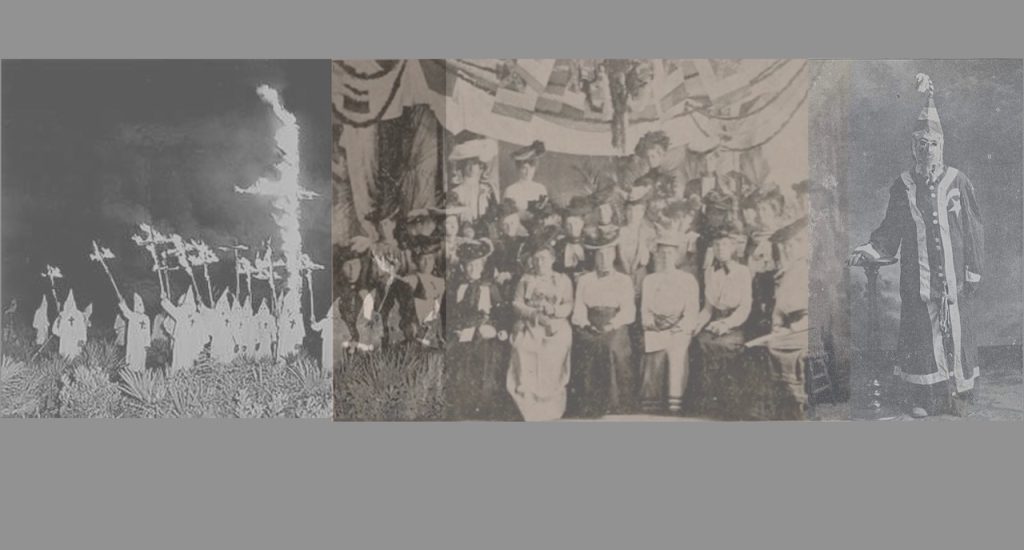Submission 2025
| Submitted by: | Anthony Gallipoli |
| Department: | History, Classics + Religion |
| Faculty: | Arts |
How can historical memory perpetuate and build structures of racism? Examining the relationship between racism and historical memory in post-Civil War era U.S. helps us to understand the presence of Confederate statues in the modern era along with the cyclical popularity of the Ku Klux Klan. My research focuses on the United Daughters of the Confederacy and their propaganda campaigns (1894-1926) to glorify the actions and ideas of the 1st KKK (1865-1872). I analyze Mrs. S.E.F. Rose’s elementary school textbook The Ku Klux Klan or The Invisible Empire and Annie Cooper Burton’s book The Ku Klux Klan as they were formally endorsed by the UDC.
These two books, Rose’s being published in Louisiana and Burton’s in California, are perfect examples of how historical memory can not be confined by geographical or political boundaries. Historical memory is a transnational phenomenon that has implications beyond the present. When historical memory is manipulated to serve ulterior motives, it damages the past and the future. Thus, the layering of the image comes into view. The rise of the 2nd KKK is a direct result of the UDC’s efforts to glorify the 1st Klan.
Was your image created using Generative AI?
No.
How was your image created?
Using a PowerPoint app, I layered these images together, altering their transparency and opacity to make each image blend into the other, exemplifying how historical memory itself is a contiguous process.
Where is the image located?
A visualization of southern ‘Lost Cause’ at play, generated from 6 months of intensive primary research.

